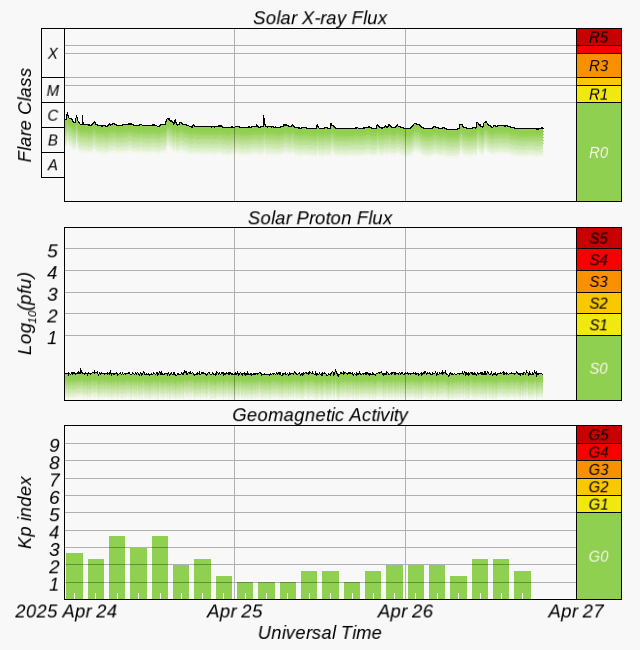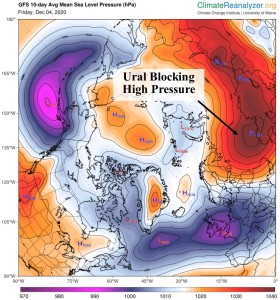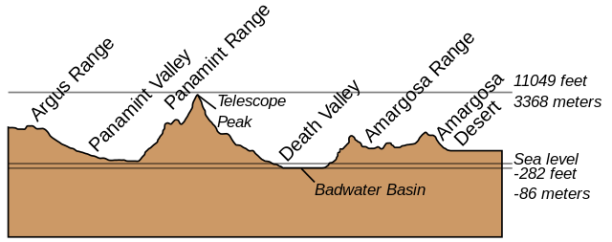
Time to put the great(?) climate attribution con game to bed permanently. By assuming what it’s trying to prove it becomes seriously unconvincing. Talk of ‘fingerprints of climate change’ is more like waffle than science.
– – –
A few media outlets, including CNN and BBC, have run recent articles talking about flooding in Dubai, claiming that climate change made the storms worse. This is false, says Climate Realism (via Climate Change Dispatch).
There is no evidence that climate change made the rain more extreme, instead, evidence indicates that El Niño and even cloud-seeding may have contributed.
Both the BBC’s article, “Deadly Dubai floods made worse by climate change,” and the one posted by CNN, “Scientists find the fingerprints of climate change on Dubai’s deadly floods,” reference a study done by the World Weather Attribution (WWA) group, which claimed that climate change made the rain events 10 to 40 percent more intense than if global warming was not occurring.























